Coal Mining: It’s the Pits

With the consequences of climate change becoming more obvious with each passing year, society is aware of the effect of burning fossil fuels. In 2022, 40% of the UK’s energy was produced using renewable energy sources. So why are fossil fuels still in use?
Increasing demands for energy in the production of steel and the creation of electricity mean that companies are actively burning fossil fuels, with the need for coal being especially high. Coal releases large amounts of energy when burnt, however, it also emits gases which are dangerous to our environment and increase the risk of global warming.
Although society is not yet ready to stop burning coal entirely, the scar which mines create on the rural landscape, alongside the physical and environmental dangers they pose, leads to a broad consensus that coal mines should be a thing of the past.
Using photographs and objects compiled by Anna Church, a placement student completing a MA in Museum Studies at the University of Leicester, this exhibition explores the rural history and uses of coal through the years.

What is coal?
Coal is formed when layers of rotting plants (peat) become warm and are compressed over millions of years. This forms a sedimentary rock which is high in carbon, making it combustible.
Some countries have larger coal reserves and mining capabilities than others. In 2020, a study by British Petroleum (BP) found that China had produced 50.7% of the world’s coal, compared to the 0.6% which was mined by Canada.
In this image, a black seam of coal is visible in the rock face. Coal above ground is known as an outcrop.
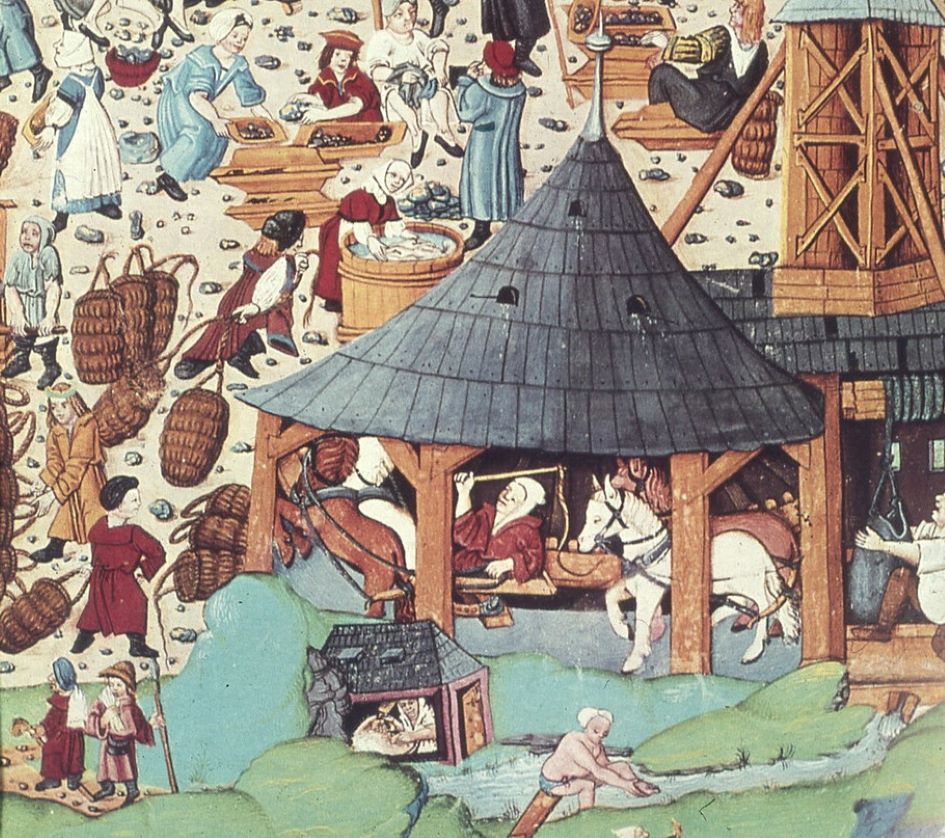
Early mining
Many centuries ago, humans noticed that they could extract coal from outcrops. This new commodity could be burnt easily and lasted a long time, exciting early civilisations.
Once the outcrops stopped producing coal, early miners began to dig shallow pits named ‘bell pits’ to collect the coal below the surface. These pits would be mined until their roof collapsed.
As years went on, miners began to use wooden poles to prop up the roofs of mines, allowing them to dig deeper. This was the birth of the deep mine.
This image depicts a fifteenth century coal mine in Britain. It shows men using a hoist to pull the coal from the mine, a practice which is still used today. It also depicts horses, which have been used to carry coal and supplies around mines for centuries.

Scratching the surface
Opencast mining is used when the overburden (the layer of rock above the coal) is thin so the coal is accessible, or when a deep mine would be likely to collapse.
Miners work above ground, drilling down into the earth to retrieve the coal.
Due to its effects on the health of the miners and on the local environment, opencast mining is considered to be one of the most dangerous jobs in the world. Landslides and floods are common in this type of mine due to rain.
However, it is cheaper than deep mining and large equipment can be used, meaning that the coal is extracted more quickly.
Once the opencast mine has stopped producing coal, it is often either turned into an artificial lake or a landfill site.
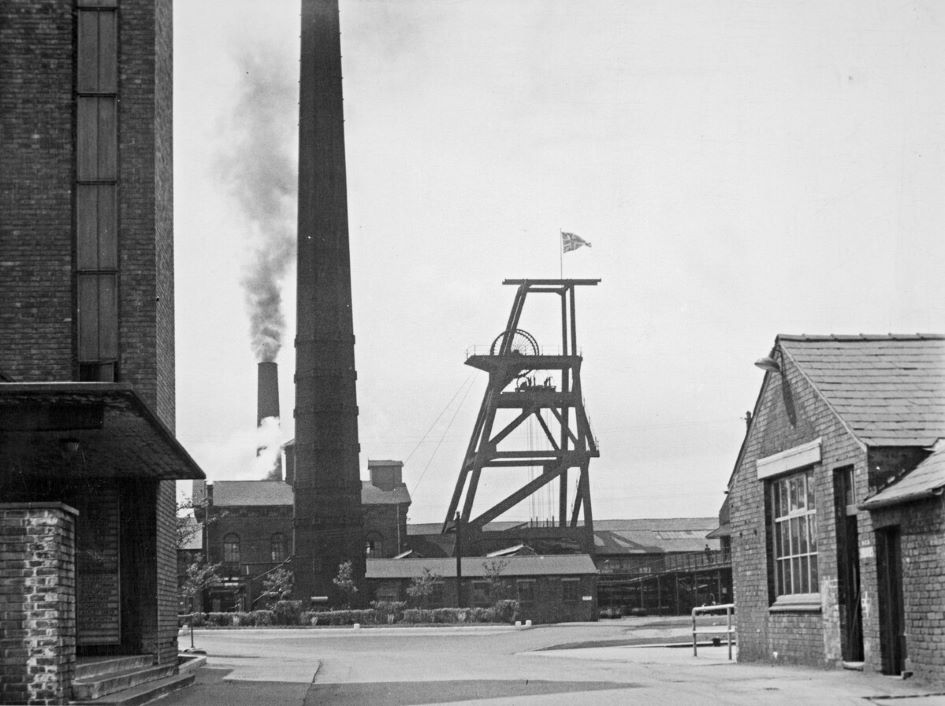
Deep underground
Deep mining involves digging tunnels below ground because the coal is too deep to mine using opencast methods. Due to the cost of lights and materials to prop up the roof, deep mining is more expensive than opencast. This type of mining is less invasive on the land around It, as tunnels are built below ground to retrieve the coal.
Deep mines are identifiable by their distinctive headframe, the tower which stands over the mine and operates a lift to carry miners and coal in and out of the mine. An example of a headframe can be seen in this image.
Explosions, fires and floods are common in deep mines meaning that working within them can be dangerous. There is no natural light in deep mines, and high levels of firedamp (methane gas) mean that lamps need to be well contained to avoid disaster.

Mining disasters
Hundreds of catastrophic mining disasters have occurred over the centuries. These can be caused by explosion, fire, floods, roof collapse or machinery error. Sometimes, the weight of the coal forces the roof to collapse with no warning. This can be helped by shoring up the ceiling but holds no guarantee.
The Haig mine in Cumbria witnessed three explosions between 1920 and 1940, resulting in the deaths of 79 people. These explosions were all caused by high levels of methane. This image is a colour slide of the buildings around the Haig mine.
Mining disasters don’t always take place inside mines. In 1966, the waste heap of a coal mine collapsed onto the Welsh village of Aberfan. This caused the deaths of over a hundred people.
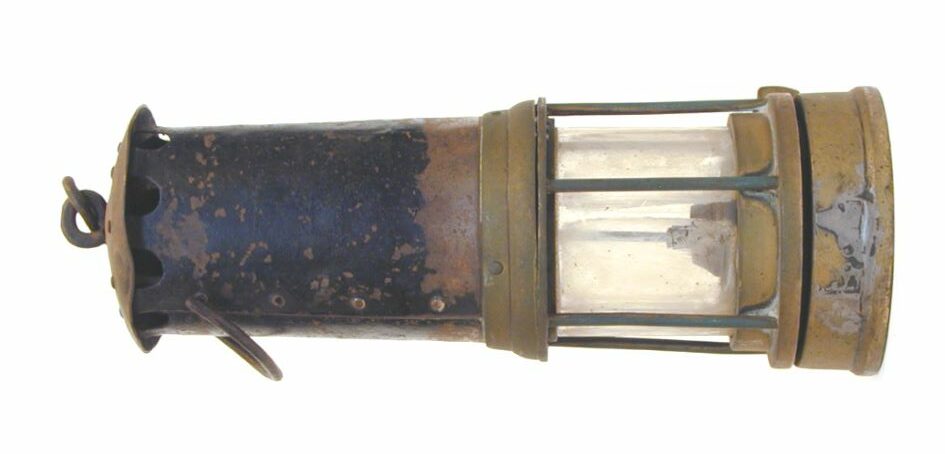
Shining a light
Because they are below ground, deep mines receive no natural light. This means that miners must use lamps to see.
Gases such as methane are released with the extraction of coal. If not properly ventilated, or if in contact with a spark or flame, these gases can ignite and cause an explosion or a fire underground.
In 1813 Humphrey Davy introduced the safety lamp to reduce this risk of fire. These lamps use a mesh around the flame to absorb the heat. Gases can enter the lamp, changing its height and telling miners that there is danger, but the flame cannot escape the mesh, reducing the risk of explosion.
Floods are also very common in deep mines. To avoid this, steam engines are used to pump water out of the shaft and up to the surface. However, in 1862, the collapse one of these engines caused the deaths of 204 men.
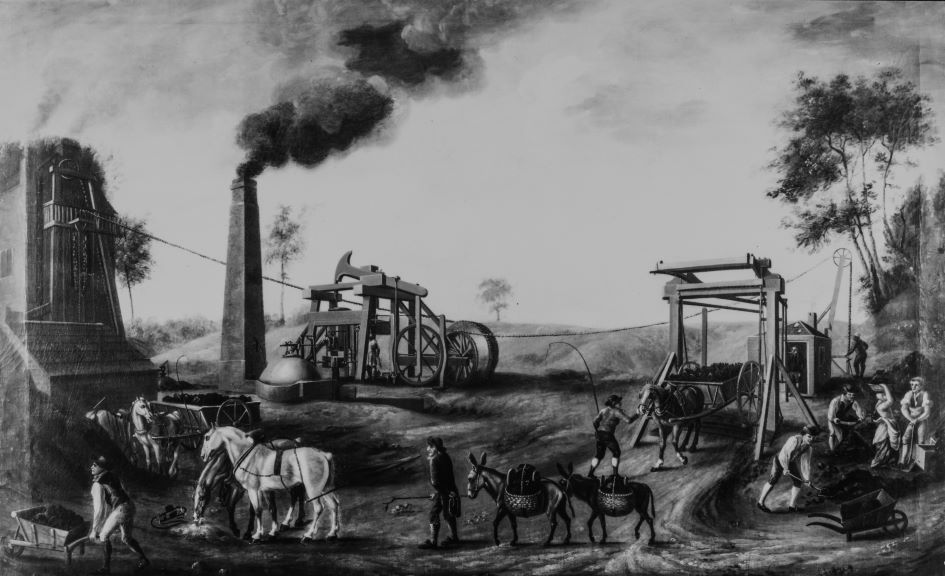
Animal assistants
Animals have been used as labourers in coal mines throughout history.
Until the late 1990s, horses were used to haul coal to the surface of deep mines. This was a dangerous job for the ‘pit ponies’ and caused many health issues. Due to the stress of travelling from light to dark spaces every day, most pit ponies were taken down into the mine and housed in underground stables, never to return to the surface.
From 1911 to 1986, canaries were often also found in deep mines. The idea behind sending a canary down the mine was simple: if the bird stopped singing, it was a sign that poisonous gases were present in the mine, and it was time to evacuate. It wasn’t until the invention of the digital carbon monoxide detector in 1986 that the usage of canaries down mines became obsolete.

Modern mining
Along with the 1986 invention of the electric carbon monoxide monitor, new innovations in mining are making this industry safer every day.
Today, electric mine carts are used to retrieve coal from the pits. These wagons move on electric tracks, in a similar way to how trains move, to transport the coal. The threat to human and animal life is reduced by the utilisation of these carts, as the risk of being crushed is lessened. Electric coal wagons can also carry heavier loads than humans or horses could, allowing for greater efficiency.
This image is an engineer’s drawing of a mining cart, dated to 1927.
Electric lighting is also used in mines today. Electric lights do not need a heat source to work, as open flames do. By removing the risk associated with sparks or flames in deep mines, explosions and fires are less likely to occur.

Taking the train
In 1801, the steam locomotive was invented by Richard Trevithick. This engine was slow and travelled along roads. In the next few years, George Stephenson designed an ‘iron road’, tracks which could be used to take steam locomotives to pre-determined destinations.
Steam trains operate by burning coal to heat water. The steam produced by this action creates pressure which moves the wheels.
The first train to carry passengers was sent along the Stockton and Darlington railway in the northeast of England, in 1825.
Today, electric trains are used more commonly than steam locomotives. These are cheaper and more convenient to run. Although they use electricity which has largely been produced from fossil fuels, they do not require the large amounts of coal needed to run a steam engine, making them less dangerous to the environment and more cost effective.
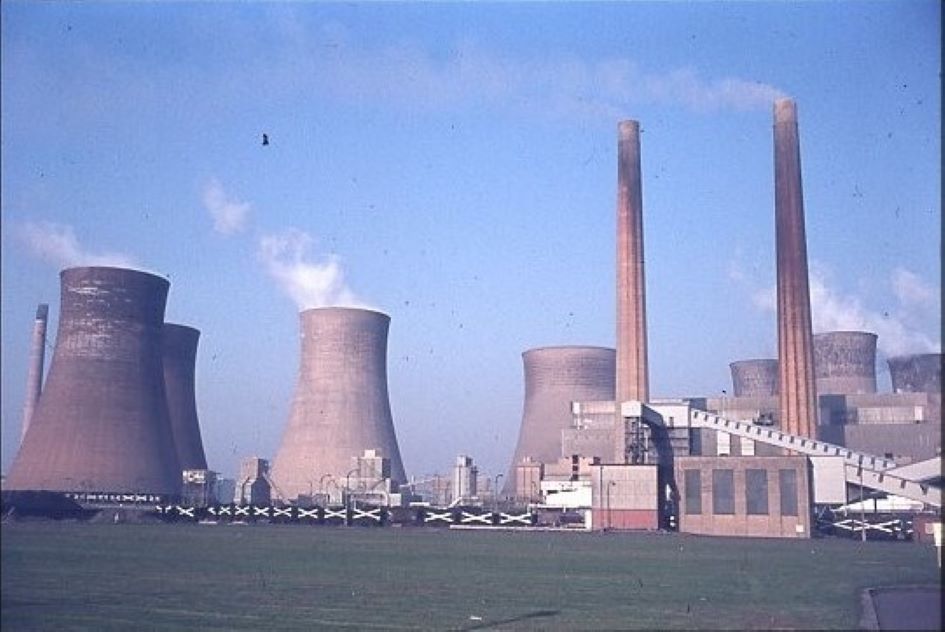
We’ve got the power
In order to create electricity, the coal is burnt at a high temperature. The heat from this evaporates a pot of water above, creating steam. This steam turns a turbine and powers a generator.
The generator connects directly to the national grid, powering our homes. The steam then enters a cooling tower, shown in this photograph. This process of burning coal releases dangerous gases into the environment, which is contributing to global warning.
Because of this, in recent years experts have been researching alternative methods of electricity production. These include geothermal, hydro-electric and wind power. With the emergence of other, more efficient, methods of producing electricity, coal powered power stations are becoming less essential to the national grid.
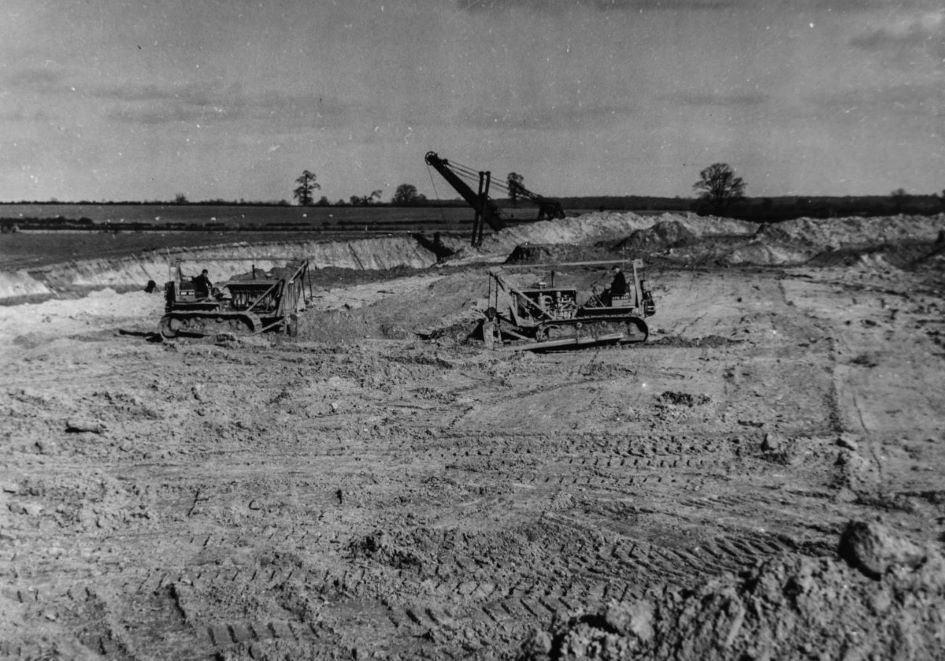
Smelting Steel
770 kilogrammes of coal are required to create every tonne of steel. Steel is used for a variety of things, from building bridges to creating surgical scalpels. It is very hardwearing.
To make steel, iron and coal are heated. As the iron releases oxygen, it merges with the carbon in the coal and becomes carbon dioxide. Without oxygen, the steel which is left is harder and more versatile than iron.
Despite the multiple uses of steel in our everyday lives, it is important to acknowledge that the carbon emitted by steel factories makes up 10% of all greenhouse gas emissions around the world.
Methods of carbon capture are currently being discussed by steel companies in order to lower their carbon footprint.
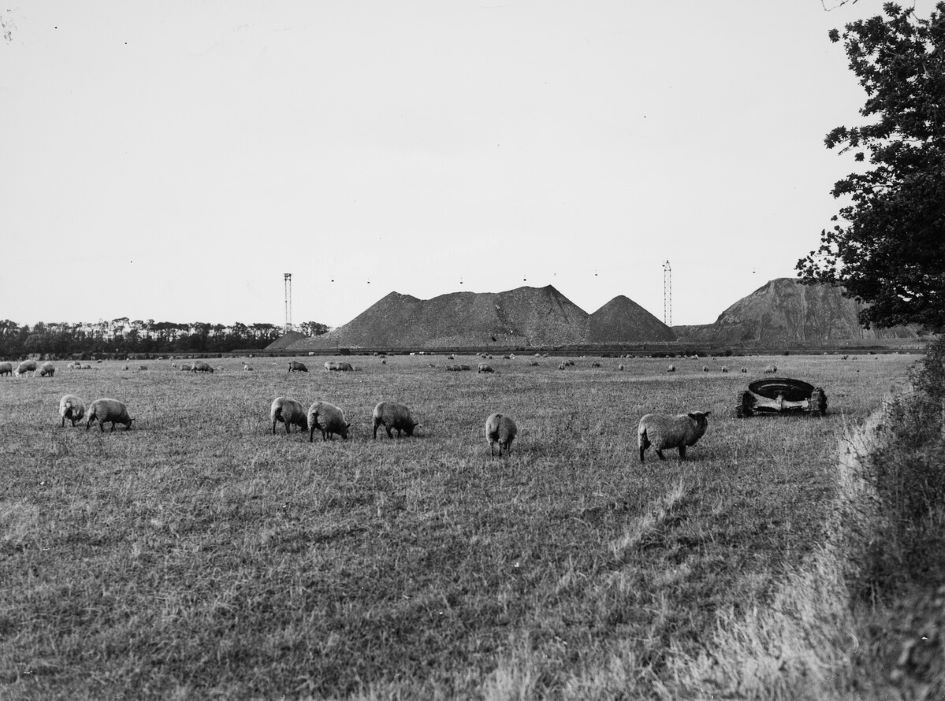
Building villages
Both opencast and deep mines have a negative effect on the environment around them. They cause pollution and risk the lives of nearby people and wildlife.
It is for this reason that mines are almost always built in the countryside, away from busy urban communities.
In the twentieth century, the majority of coal mines were placed in the Midlands region or the north of England, away from the big cities of the south.
Across England, villages have been built over the years to provide homes for miners working in rural areas. These include Coalville (Leicestershire), Coalpit Hill (Staffordshire) and Coal Aston (Derbyshire).

A battle for rural space
A large amount of space is required to build a mine. In many historic cases, the way in which this space has been produced is through the destruction of rural farms.
This image shows a small farm which is soon to be overrun by the waste heap of a coal mine. It demonstrates the way in which mines have imposed on the lives of rural people throughout history.
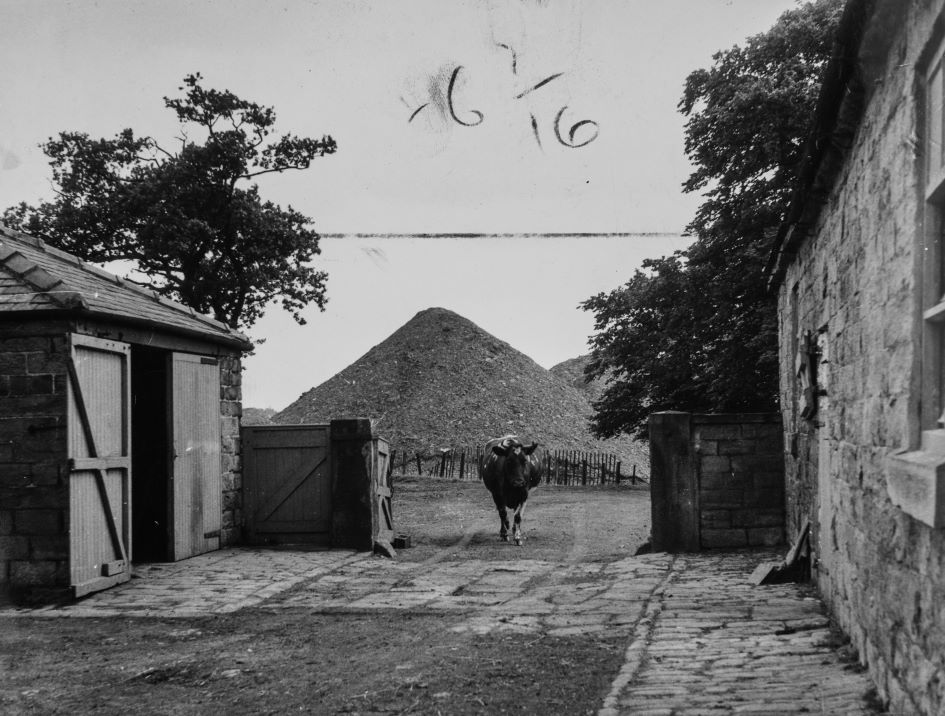
The threat to biodiversity
Coal mines cause air and water pollution, which can be a risk to the health of both humans and animals.
Often, habitats and food sources are destroyed in the process of building a new mine, risking the depopulation or extinction of native animals.
This photograph is of a farm, which has a mining waste pile placed on its boundary line. The cow in the image does not have a space to graze. This photo demonstrates the harm which mining can cause to animal life.
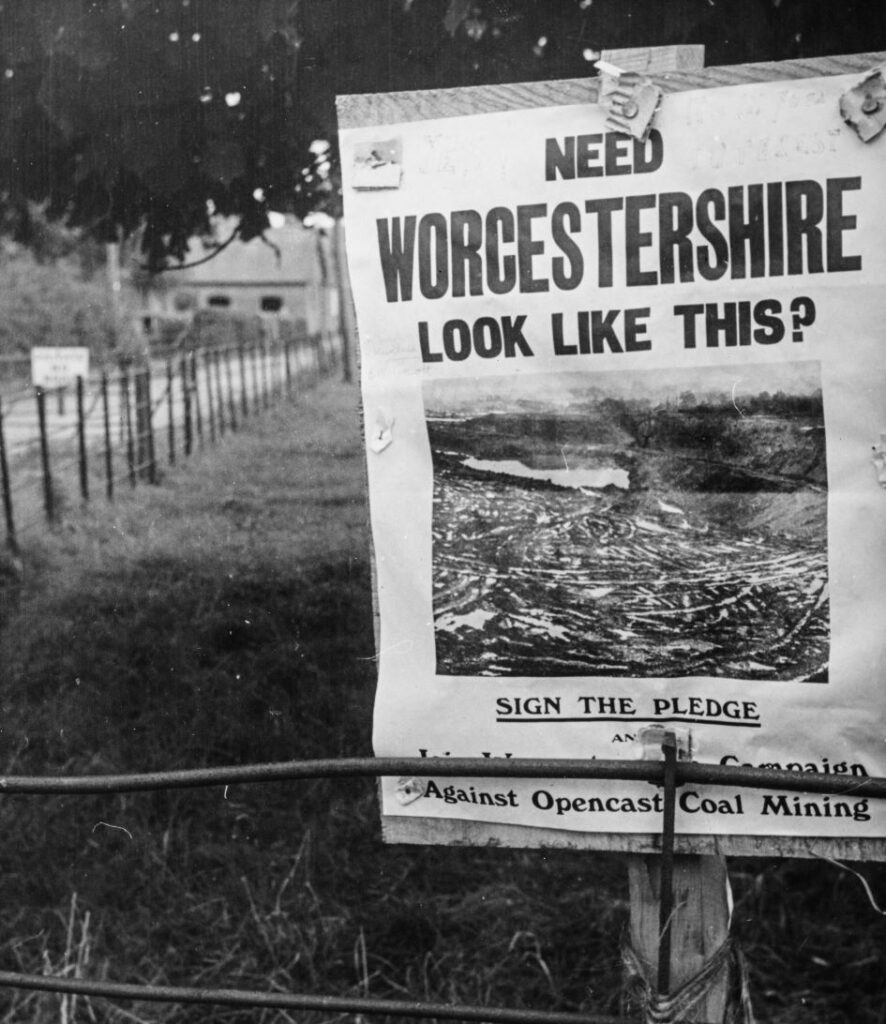
Public protest
During the last few decades much of the public has been generally opposed to the building of new mines. This is for a multitude of reasons, including the scar which mines create on the local landscape.
However, in 2019 it was proposed that a new coal mine should be built in Whitehaven, Cumbria, to feed the growing steel industry. Despite local and national opposition, this proposal was approved several times by Cumbria County Council.
The decision to build the mine is currently being appealed in court by protestors.
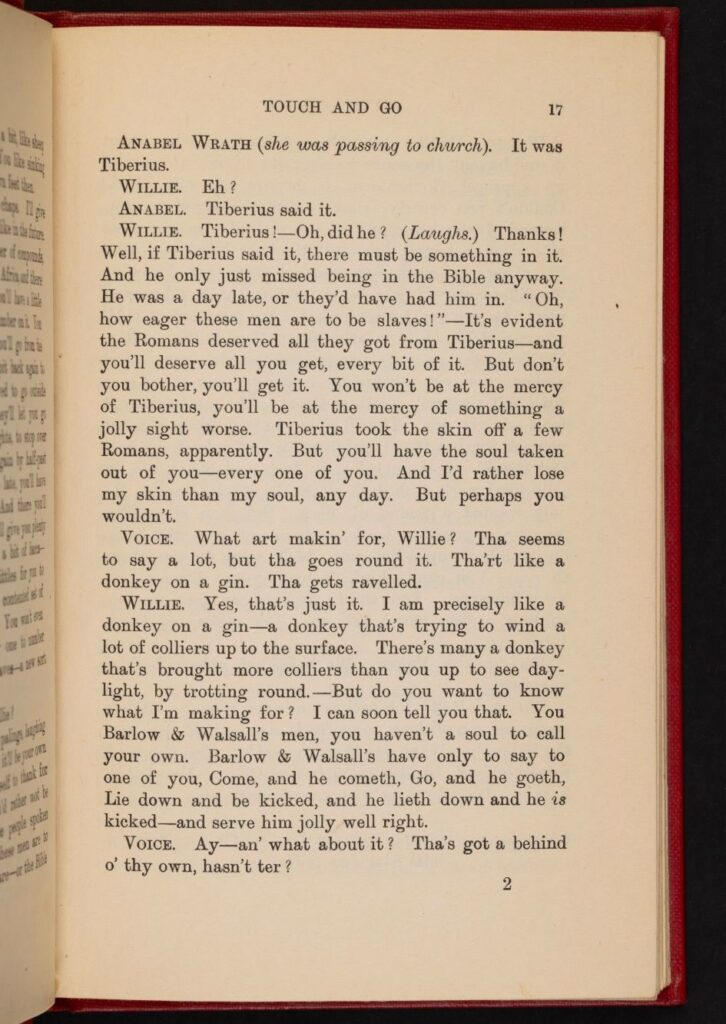
Striking conversations
Due to dangerous conditions and the low wages, protest against coal mines often comes from the miners themselves. On multiple occasions across the country, miners have walked out on strike in order to obtain better working conditions.
The most famous of these strikes was the 1984 miners’ strike, which saw over half of the UK’s miners walk out in solidarity with men who lost their jobs when the government closed twenty coal mines.
This image is of DH Lawrence’s 1918 play Touch and Go. This play centres around mining disputes in Lawrence’s home of Eastwood, Nottinghamshire. It highlights the negative emotions of miners at the time and explains the causes of a miners’ strike a few years later.
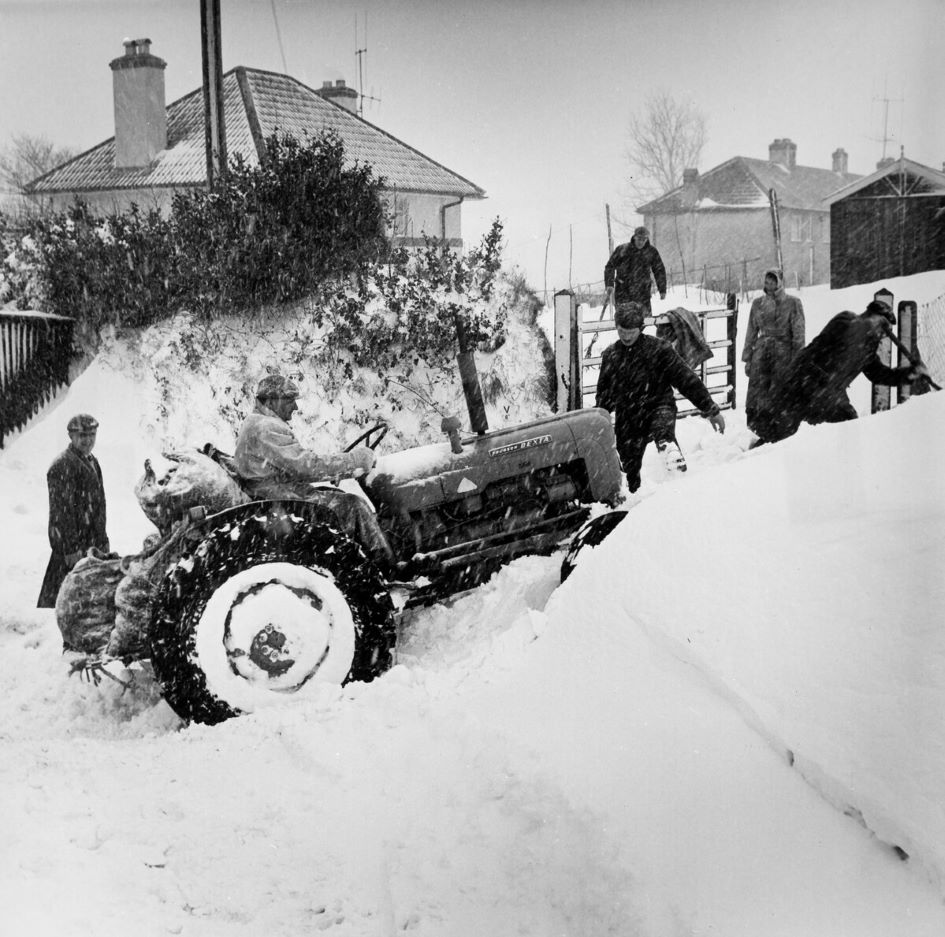
Fires in the snow
Before the introduction of more sustainable sources of energy, coal was even more sought after during the dark and cold winter months than it is now.
Building fires for light and warmth was a necessity in many households, with no alternative methods available.
This meant that even in the snow and poor weather, coal needed to be transported from mines up and down the country.
This image shows a group of men with a tractor attempting to dig a path in order to transport coal into the local village. It demonstrates the hardships which people working with coal faced, even after the danger of the mine was removed.
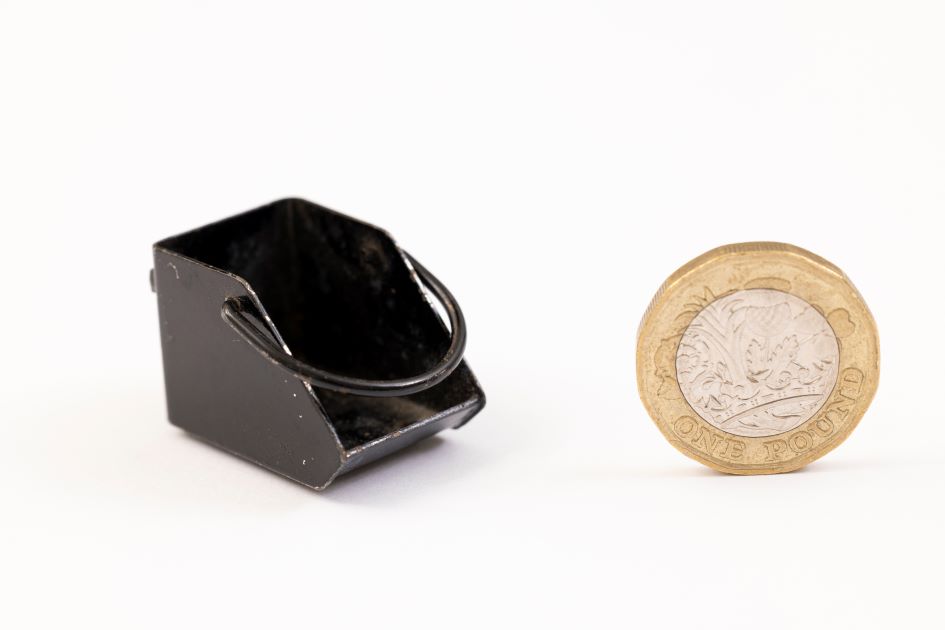
Coal culture
Coal mining has had such a huge impact on the world around us that it often appears in popular culture.
In film and television, mines are a recurring theme due to their mystery and danger. One example of this is the 2014 movie ‘pride’ and later west-end musical of the same name. This film is a dramatization of the true story of a group of LGBTQ+ activists who raised money to help the families affected by the 1984 miners’ strike.
The theme of coal and mining is also often seen in children’s toys. As seen in this photograph, toy coal scuttles and other mining equipment were especially popular during the heyday of mining, with miners buying their children toys themed around coal to encourage them to work in mines when older.